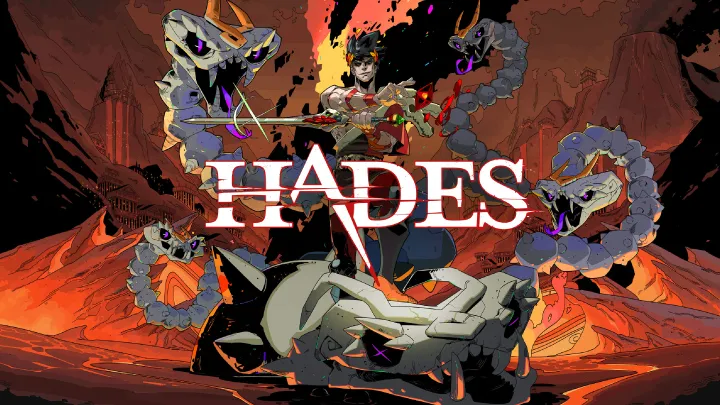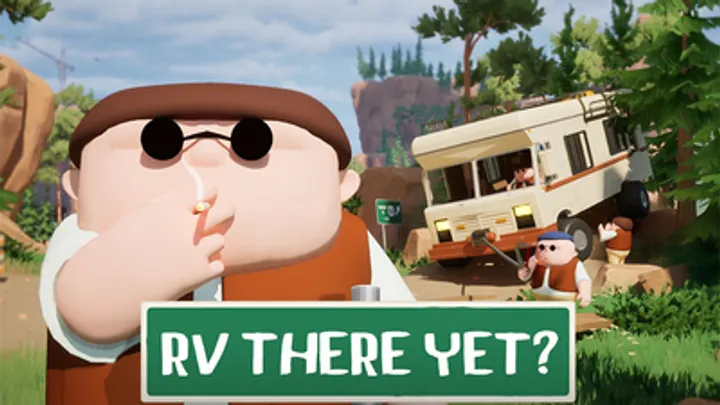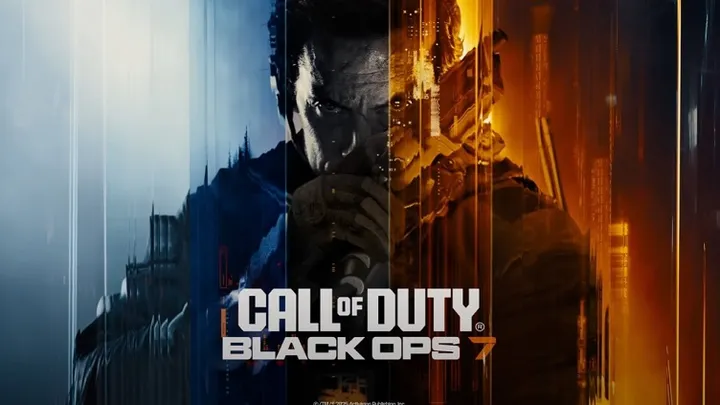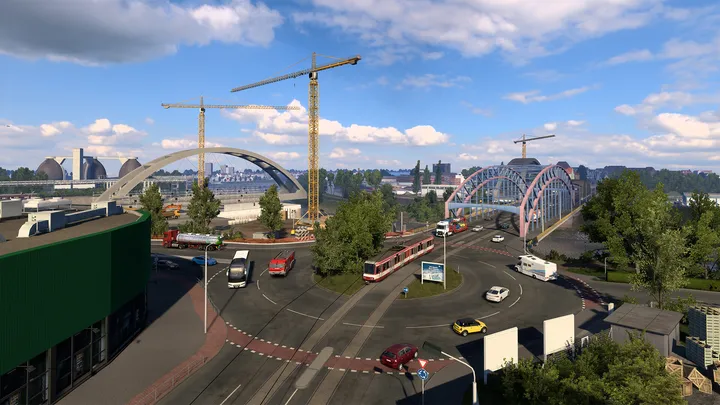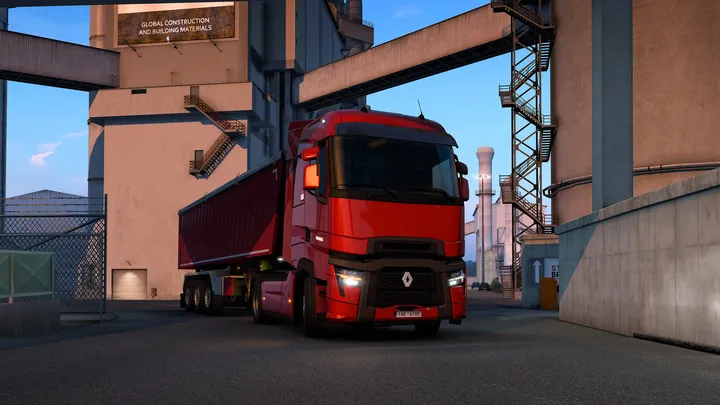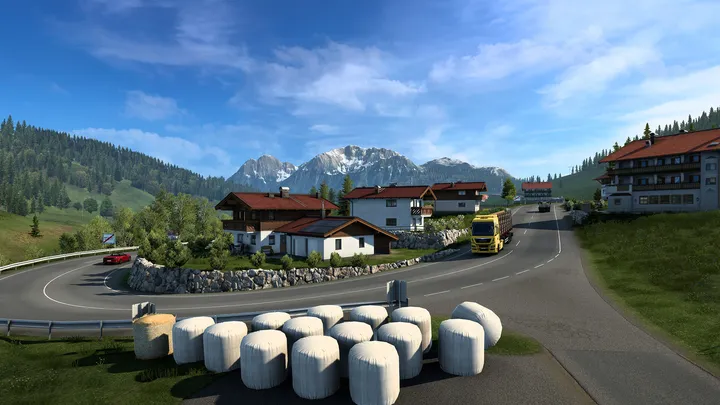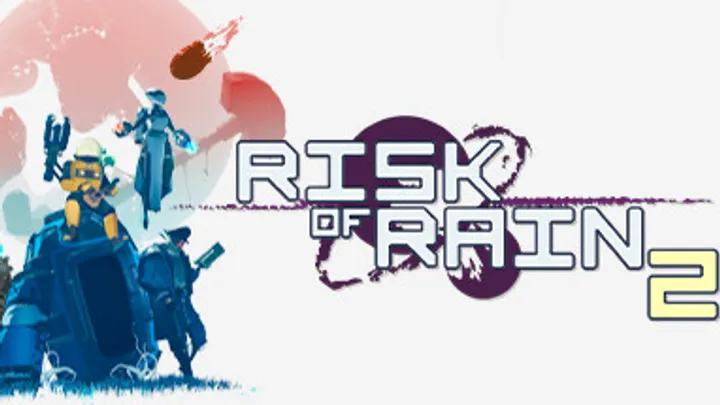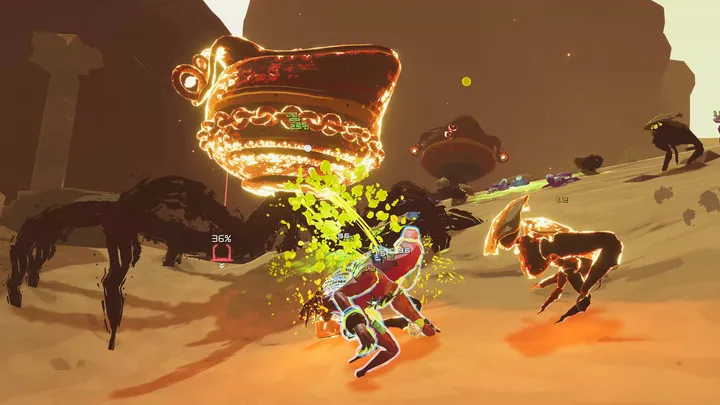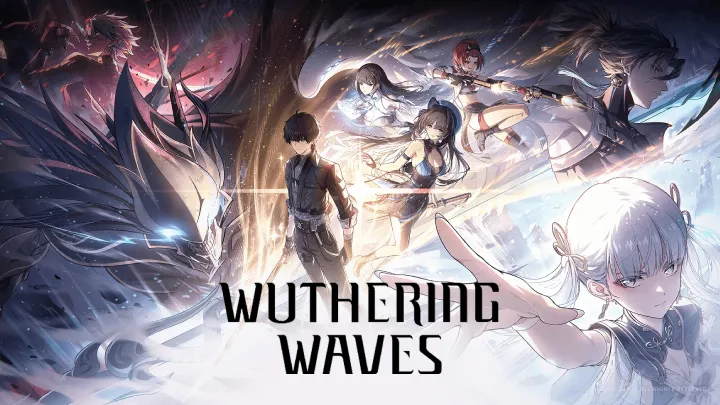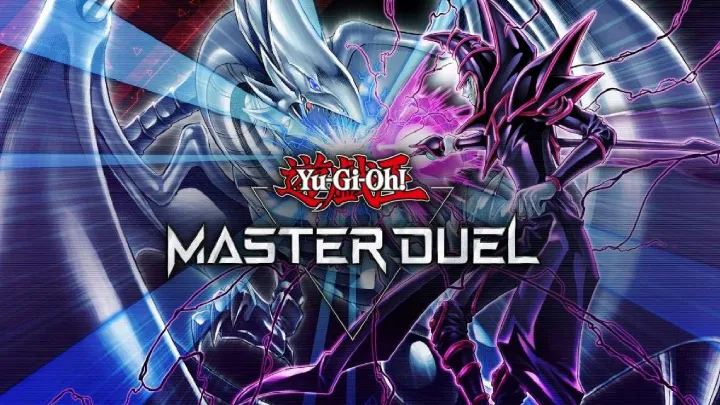Introduction
R.E.P.O., developed by Semiwork and released on February 26, 2025, for PC, PS5, and Xbox Series X|S, emerges as a thrilling cooperative horror experience that blends physics-based mechanics with intense survival challenges. Published as an Early Access title on Steam, the game tasks players with retrieving valuable objects from haunted environments under the watchful eye of a mysterious entity known as the Taxman. Priced at $9.99, with a 20% launch discount bringing it to $7.99 until March 5, 2025, it gained rapid popularity through its unique premise and chaotic gameplay, showcased in pre-release demos and Twitch streams. Early feedback praises its cooperative chaos and monster variety, though concerns about matchmaking and technical stability linger. This review explores its narrative, world, gameplay, and technical execution to assess its standing as a standout horror title.
Narrative & Storytelling
R.E.P.O. crafts its narrative through an emergent, player-driven framework rather than a traditional campaign. Players embody semi-robotic agents tasked with extracting valuables to meet quotas set by the Taxman, a faceless overseer whose cryptic directives hint at a larger, untold story. The narrative unfolds through environmental clues—abandoned notes, distorted audio logs—and the escalating aggression of the facility’s inhabitants, suggesting a backstory of corporate greed and technological failure. Each successful extraction or failed run builds a personal tale of survival and teamwork, with the tension of meeting quotas adding a stakes-driven arc.
The lack of a structured storyline might leave some wanting a deeper plot, as the experience relies on the chaos of runs to shape its narrative—epic escapes, betrayed plans, or heroic sacrifices. The storytelling excels in its atmospheric tension and the slow reveal of the Taxman’s motives, though its depth hinges on player investment, making it a thrilling sandbox for those who thrive on emergent horror.
World & Environments
The world of R.E.P.O. centers on a series of abandoned, procedurally generated facilities—dilapidated warehouses, eerie laboratories, and crumbling offices—each rendered with gritty, industrial visuals and dynamic lighting that shifts with player actions. The environments evolve with each run, featuring randomized layouts, hazards like collapsing floors, and atmospheric effects like flickering lights or fog, creating a constantly shifting backdrop. Sound design, with creaking structures, distant roars, and proximity voice chat echoes, amplifies the tension, while physics-based interactions—objects tumbling or monsters reacting to gravity—enhance immersion.
However, the reliance on industrial settings might limit environmental variety over time, as the aesthetic, while detailed, repeats core themes across runs. The focus on a contained, evolving space prioritizes survival tension over scenic diversity, which could feel repetitive for players seeking broader landscapes. Community feedback lauds the atmospheric design and physics impact, though some note the lack of distinct biomes, suggesting a world that thrives in horror but may benefit from occasional variety to sustain engagement.
Gameplay Mechanics
Core Loop
The core loop revolves around cooperative expeditions into facilities, where players locate, transport, and extract valuables within a quota-driven timeframe, lasting 30-60 minutes per session. The cycle of planning, scavenging, and escaping drives a heart-pounding rhythm, encouraging strategic teamwork over multiple runs.
On-Field Mechanics
The gameplay hinges on a physics-based grabbing tool, allowing players to manipulate objects—pianos, ceramics, or machinery—with realistic weight and momentum, requiring careful coordination. Stealth mechanics, triggered by noise-sensitive monsters, add tactical depth, while combat options like purchased weapons introduce variety, though balance issues with enemy aggression can disrupt flow. The mechanics reward teamwork and quick thinking, demanding adaptation to their physical complexities.
Mode-Specific Features
The primary mode focuses on quota completion, with permanent upgrades like enhanced tools or weapons providing progression. Enemy behaviors—shadow lurkers, aggressive hunters, or sabotage gnomes—offer diverse challenges, while the extraction dash introduces a climactic finale. The lack of additional modes keeps the focus narrow, but the depth of cooperative play compensates, though balance adjustments for difficulty scaling lag, a point raised in early play.
Progression & Multiplayer
Progression includes earning surplus for upgrades and unlocking new facility tiers, balancing grind with reward in a system that feels satisfying based on initial play. The game supports up to six-player online co-op, with proximity voice chat fostering emergent strategies, though the current friends-only matchmaking limits accessibility. The progression and multiplayer elements deliver a robust experience, requiring refinement to enhance stability.
Technical Execution
R.E.P.O. delivers a visually intense experience with its gritty graphics, detailed environments, and dynamic physics, though mid-range systems might face frame drops during chaotic moments. Post-launch patches have addressed server stability, but occasional bugs like clipping or lag during extractions persist. Audio impresses with immersive ambient sounds and monster roars, though repetitive voice lines can detract over long sessions.
Controls are responsive with precise movement and grabbing, offering a natural feel across controllers, though online responsiveness might waver under high player counts. Ongoing patches are refining core systems, but initial technical hiccups suggest continued optimization is needed. The execution supports the horror focus, with visuals and audio as strengths amid polish challenges.
Community Feedback
R.E.P.O. is building a fervent community, with early praise for its cooperative chaos, physics mechanics, and monster variety, though concerns about matchmaking and technical issues surface from player discussions. Excitement for the gnome encounters and extraction dashes is widespread, but frustration with hackers and server lag persists. Community feedback drives development, sustaining interest, and player retention is expected to remain strong, fueled by the game’s growing fanbase.
Criticism centers on technical stability and accessibility, with players noting bugs and a desire for public matchmaking, alongside debates over difficulty balance. The community’s active input shapes patches, reflecting a group eager to see the game evolve into a polished horror classic.
Final Verdict
R.E.P.O. offers a gripping cooperative horror experience with its physics-based gameplay and monster diversity, celebrating the thrill of teamwork under pressure. Its dynamic world and extraction tension shine, though matchmaking and technical issues pose challenges. It’s a must-play for horror enthusiasts, with patience required as updates refine the experience.














































